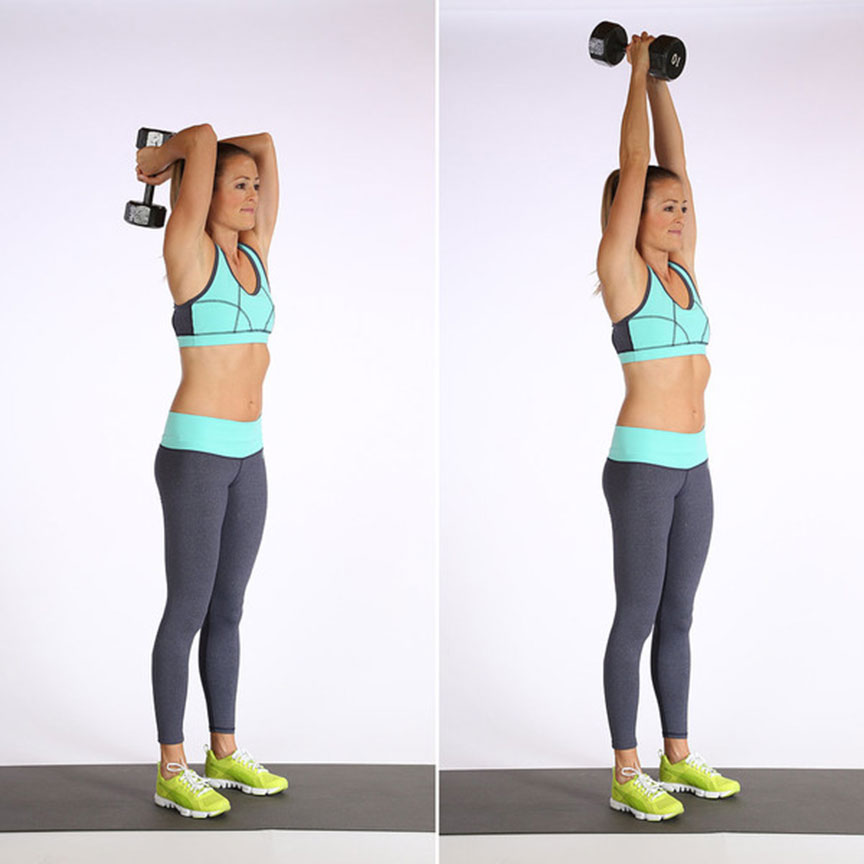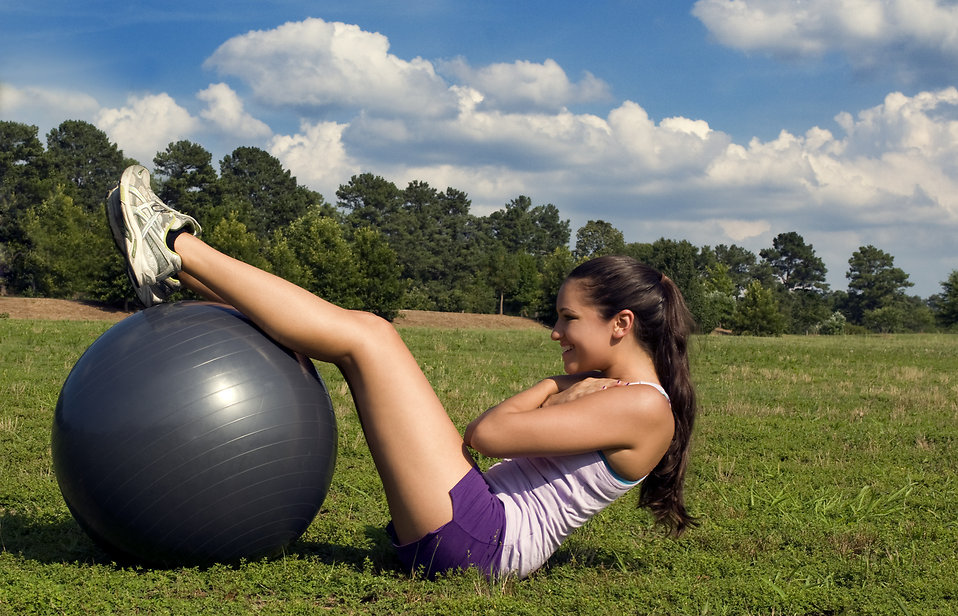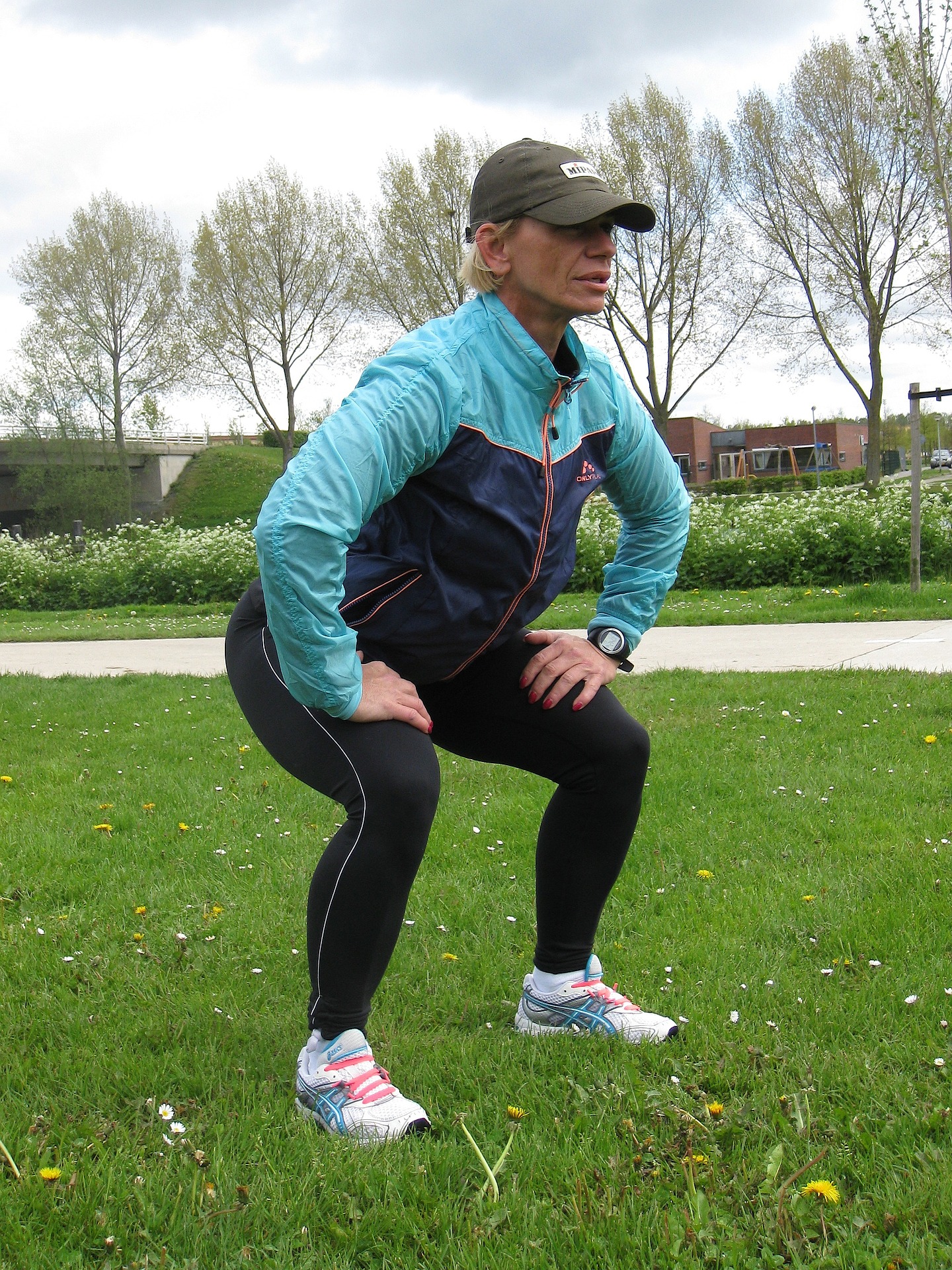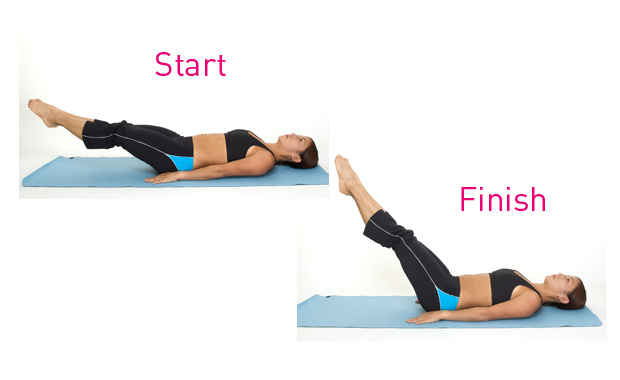Stretch marks form during times of rapid weight gain or weight loss, when the layers of the skin get stretched too much too fast. Although skin is elastic and resilient, too much stretching can disrupt collagen production in the middle layer of the skin called the dermis, causing it to tear and scar, resulting in stretch marks.
Common times that the body develops stretch marks include:
- Adolescence, due to growth spurts
- Pregnancy, when the skin of the abdomen stretches to accommodate the growing baby
- During periods of weight fluctuations
- During weightlifting, due to quickly packing on muscle mass
Stretch marks can start out as wide red and purple lines, then thin and fade over time to brown or white. The presence of stretch marks on an otherwise clear expanse of skin can be unsightly. There are a number of ways to firm up the skin in your problem areas and minimize stretch marks, including expensive creams, cosmetic surgery, and (by far the most convenient and cost-effective method!) exercise.
Here are some common areas where stretch marks appear, and exercises to help reduce their appearance!
Upper arms: Triceps extensions
If you’ve got stretch marks on your upper arms (plus arm flab and arm jiggle to boot), doing triceps extensions can solve three problems with one dumbbell!
How to do triceps extensions
- Stand up straight with your feet shoulder-width apart, and hold a dumbbell vertically with both hands.
- Raise the dumbbell over your head until your arms are fully extended. The dumbbell should now be in a horizontal position, with both palms facing up to the ceiling.
- Lower the dumbbell behind your head, using only your forearms. Your upper arms should be kept steady on either side of your head. Inhale during this step.
- Raise the dumbbell and return the position in Step 2. This time, use your triceps to execute this movement, not your forearms. Exhale during this step.
- Repeat for as many repetitions as needed.
Abdomen: Sit-ups and Crunches
Sit-ups and crunches can’t magically give you a washboard stomach (you’ll need a strict diet and exercise regimen for that!), but they can go quite a way in firming up your core muscles, improving posture, and reducing belly stretch marks.
How to do sit-ups
- Lie down on your back with your legs bent and feet flat on the ground.
- Keep your arms out of the way by crossing them over your chest with your hands touching opposite shoulders.
- Curl your shoulders inward and raise your upper body to a sitting position. Use your core muscles to execute this movement. Exhale during this step.
- Lower your body back to the ground again and return to a lying position. Do not drop your body—control this movement with your core muscles as well.
- Repeat for as many repetitions as needed.
How to do crunches
- Lie down on your back with your legs bent, but this time with your legs crossed and raised from the ground.
- Keep your arms out of the way by putting your hands behind your ears. (Don’t pull on your neck to assist the movement!)
- Curl your shoulders inward and raise your upper body to meet your knees. Use your core muscles to execute this movement. Exhale during this step.
- Lower your body away from your knees, but do not let your shoulders go back all the way to the ground. Keep them slightly raised, and use this as your starting position for succeeding crunches. Inhale as you lower your upper body.
- Repeat for as many repetitions as needed.
Buttocks: Squats
Apart from firming up the skin and muscles of your buttocks, squats provide an intense, massive workout for your legs, hips and core.
How to do squats
- Stand with your feet apart, toes facing slightly outward, and your arms out in front of you, parallel to the ground. Keep your back in a relaxed, neutral position and put your weight on the balls of your feet and your heels.
- Using your hips, slowly push your buttocks backward until your knees begin to bend. Make sure to use your hips to guide this movement and not your knees! Exhale as you start the downward movement.
- Squat until your hips are lower than your knees. Keep your knees aligned with your toes, neither turned inward nor outward. Maintain the relaxed, neutral position of your back (it may help to focus on a spot on the wall ahead of you to help keep your head, chest, and shoulders upright) during the entire movement.
- Stand back up and return to the starting position. Control this movement with your core, glutes, and leg muscles, and squeeze your gluteal muscles on your way up. Inhale during the upward movement.
- Repeat for as many repetitions as necessary.
Hips and Thighs: Lying Leg Lifts
Leg lifts concentrate on toning your hips and thighs, eventually minimizing any stretch marks that have formed there. Add variety to your leg lifts by doing them sideways or incorporating ankle weights into your workout.
How to do lying leg lifts
- Lie down on your back, with your arms straight on the floor on either side of you, palms down. Keep your legs straight and locked at the knees.
- Lift your legs, keeping them straight with your knees locked. Don’t arch your back to assist the movement. Exhale during this step.
- The height to which you will lift your legs will vary depending on your needs. Raising them high facilitates full use of the leg muscles, while raising them at a lower angle will bring your lower abdominal muscles into the game. Find an angle that works for you.
- Bring your legs down to the starting position. Don’t drop your legs—control the movement all the way down. Inhale during this step.
- Repeat for as many repetitions as necessary.
Stretch marks are harmless and pose no health risks to the skin, but they can be an unwelcome sight in the mirror for many of us. While stretch marks fade on their own over time, exercise can help you maintain your weight to prevent more from forming and hasten the reduction of stretch marks.
If done on the regular, these easy and effective exercises can help increase healthy blood flow to problem areas to promote healing of the torn dermis, firm up the muscles underneath, and tighten the skin, making visible stretch marks a thing of the past that much quicker.
Author Bio:
 M Pimentel is a happily married Filipino mother to three wonderful little daughters, ages: 8 years, 5 years, and 4 months old. Her daily life is a struggle between being the Executive Content Director for Project Female and deciding who gets to watch television next. She specializes in creating and editing content for female empowerment, parenting, beauty, health/nutrition, and lifestyle. As the daughter of two very hardworking people, she was brought up with strict traditional Asian values and yet embraces modern trends like Facebook, vegan cupcakes, and the occasional singing cat video.
M Pimentel is a happily married Filipino mother to three wonderful little daughters, ages: 8 years, 5 years, and 4 months old. Her daily life is a struggle between being the Executive Content Director for Project Female and deciding who gets to watch television next. She specializes in creating and editing content for female empowerment, parenting, beauty, health/nutrition, and lifestyle. As the daughter of two very hardworking people, she was brought up with strict traditional Asian values and yet embraces modern trends like Facebook, vegan cupcakes, and the occasional singing cat video.
Email: mpimentel@expertlinked.com




